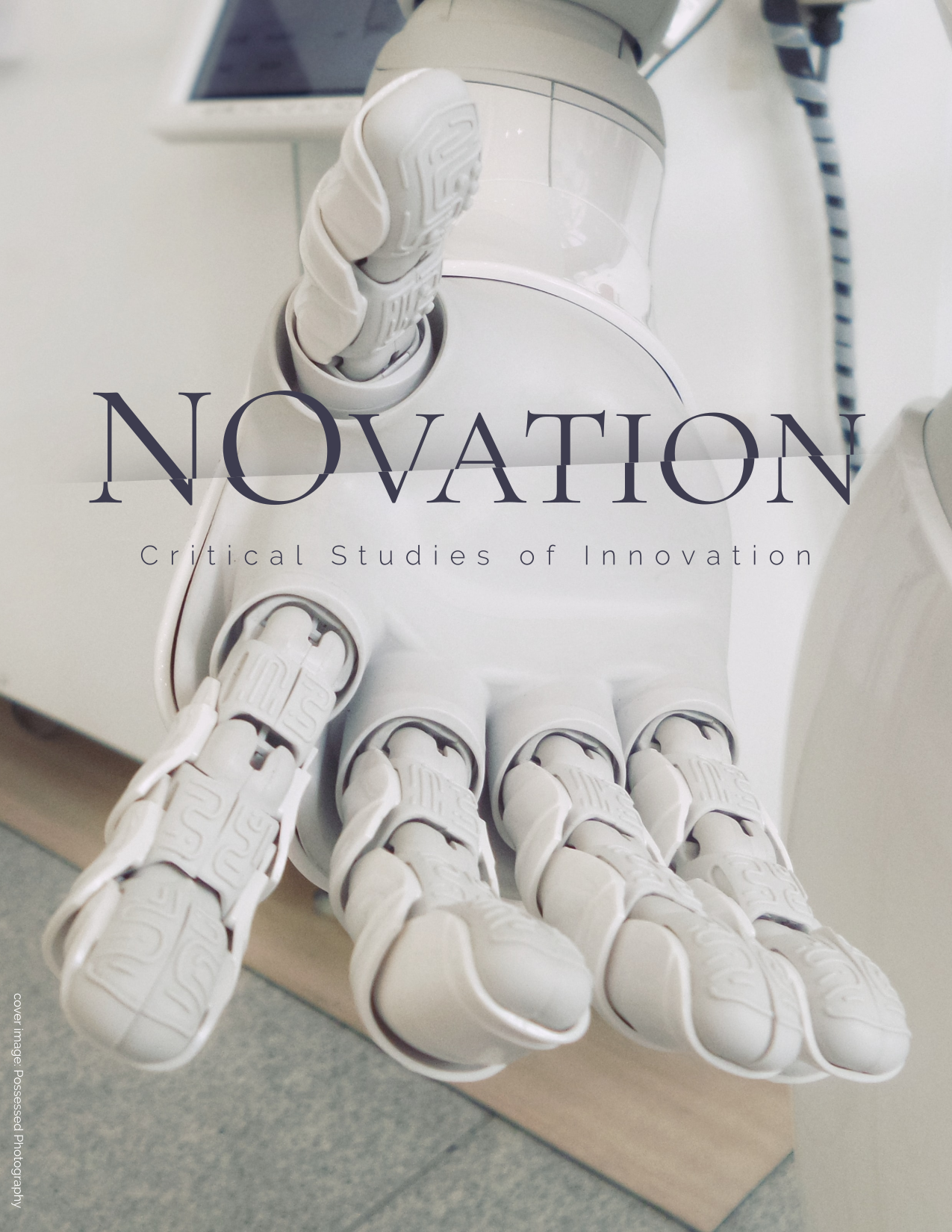
Fifth Issue: Perspectives on innovation governance: challenges and dilemmas.
Table of Contents
1. Monica Edwards-Schachter and Hector Gonzalo Ordoñez-Matamoros
Editorial Presentation: Perspectives on innovation governance – challenges and dilemmas, pp. 1-8.
2. Juan Pablo Centeno and Mario A. Pinzón-Camargo
I bet you don´t look good on the dance floor: Re-examining the innovation policy dance metaphor in the case of Colombia, pp. 9-30.
3. Mario Andrés Pinzón-Camargo, Juan Pablo Centeno, Ernesto Andrade-Sastoque and Gonzalo Ordóñez-Matamoros
Logics and Enablers of Transformative Innovation Policies in the Global South: The case of Appropriation of Science and Technology Policy, pp. 31-55.
4. Thomas Völker, Rasmus Slaattelid and Roger Strand
Transformative Translations? Challenges and tensions in territorial innovation governance, pp. 56-85.
5. Nurgül Özbek, Linus Johansson Krafve, Hans Kjellberg and Ebba Sjögren
Markets for Promoting Innovation in Health Care? A Market Practice Study of Public Procurement of Innovation (PPI), pp. 86- 114.
6. Isabelle Falardeau
(Social) In-NOvation in protected and touristic territories, pp. 115- 146.
Announcements
Ongoing Call for Thematic Issues |
|
This is an ongoing call for Guest Editors and to receive thematic issues proposals for NOvation - Critical Studies of Innovation. If you want to act as Guest Editor for our journal, please send us your proposal to novation@ufpr.br. |
|
| Posted: 2023-05-09 | More... |
| More Announcements... |








